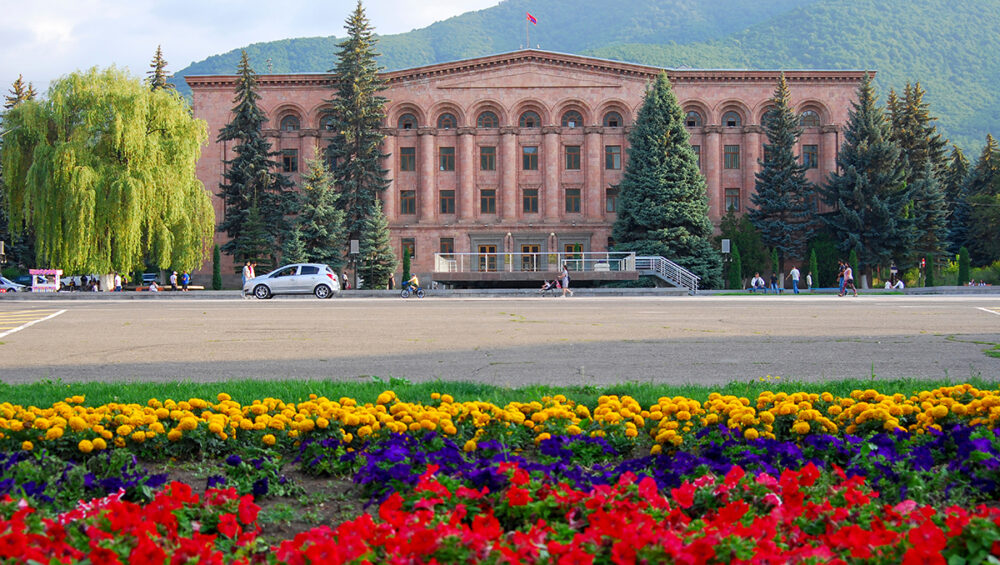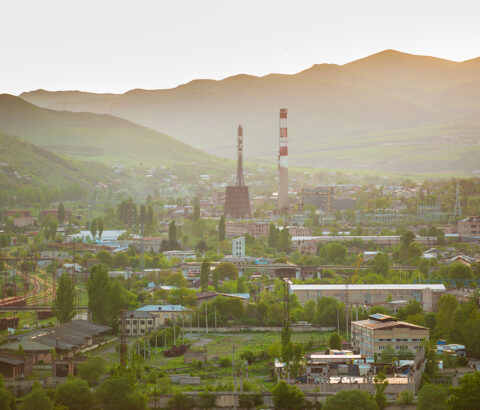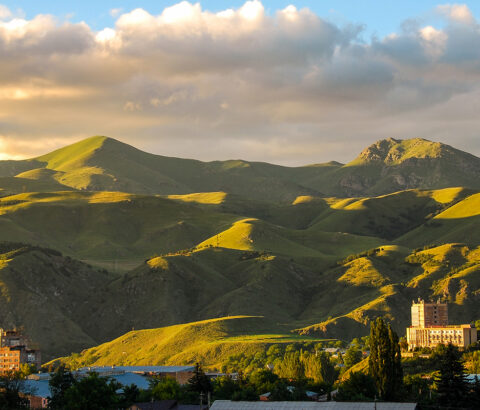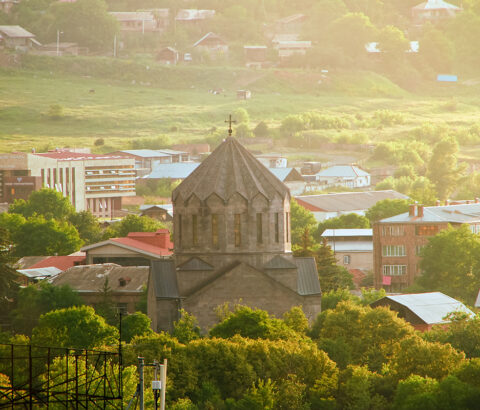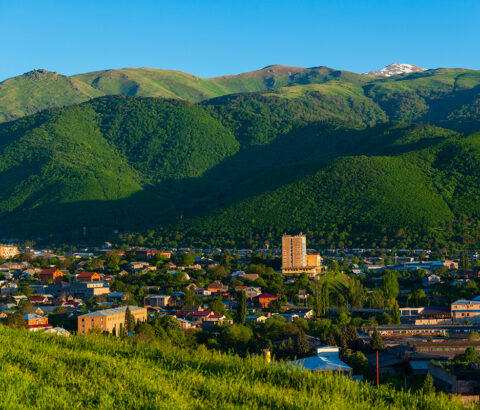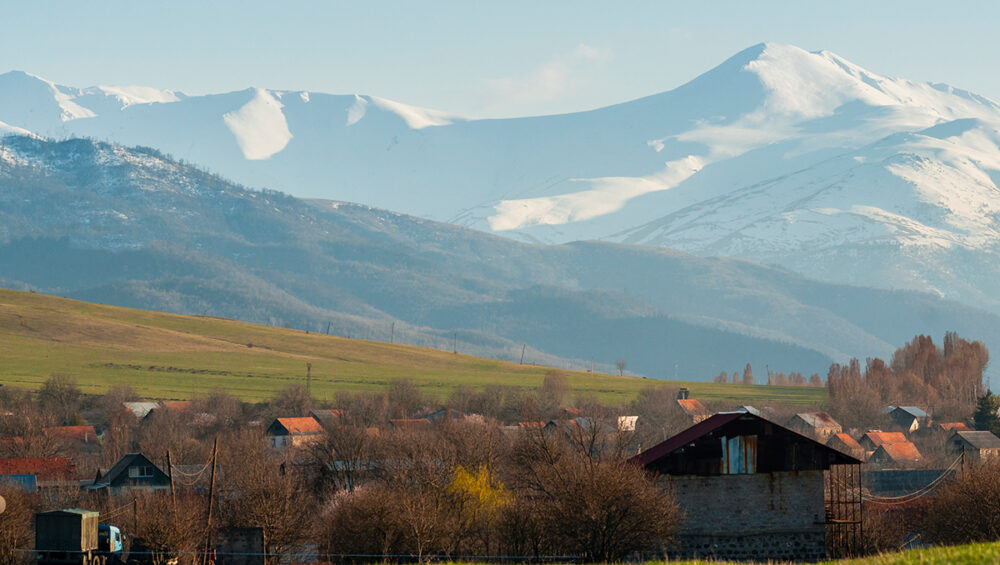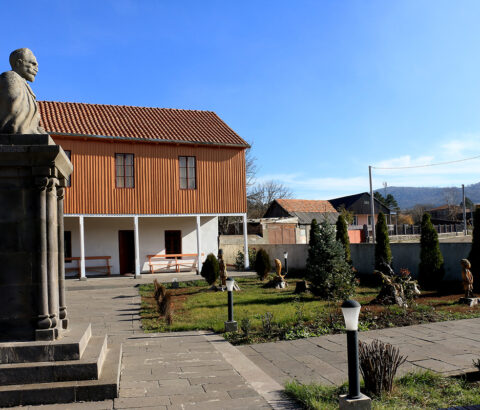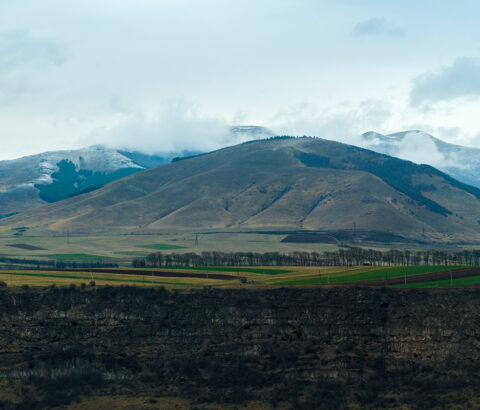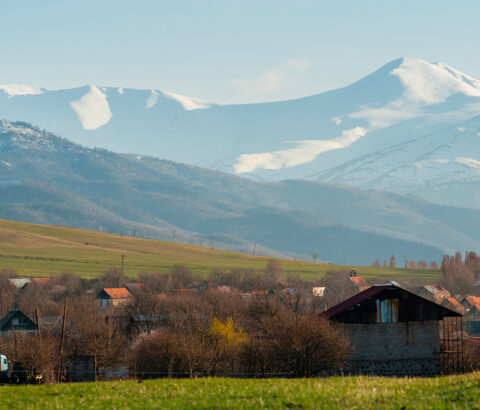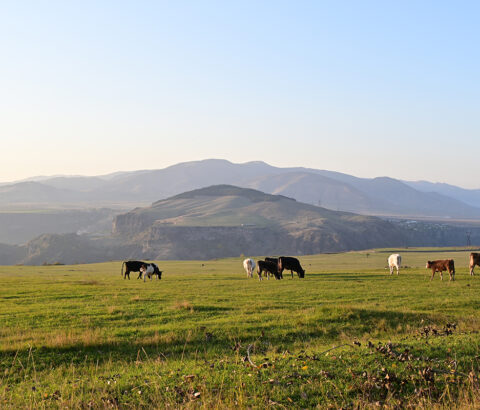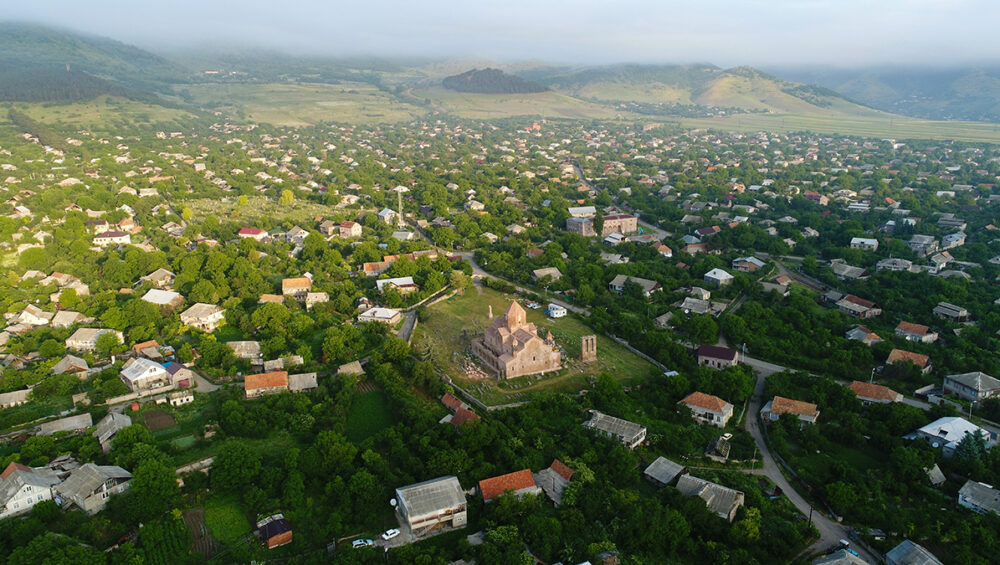With a population of 80,000 people, the city of Vanadzor is the third largest city of the Republic of Armenia and the administrative and cultural center of the Lori province. Founded in 1828, when Armenia was a part of the Russian empire, it was called Gharakilisa, meaning black church (the church still stands in the city). After the Sovietization of Armenia, the city was renamed Kirovakan in honor of a Soviel politician Sergei Kirov. In 1992, following the independence of Armenia, the city was renamed again, acquiring its current name, Vanadzor.
In the Soviet times, Vanadzor was a major industrial city, famous for its chemical production. But with the collapse of the economy after Soviet Union’s fall, many factories closed down, and today their abandoned buildings stand like ghosts from the past. Some of the old factory buildings today house production of garments, food, construction materials, etc․
The city is also a regional transport hub connecting the villages and towns through a network of public transport. The railway connecting Yerevan to Tbilisi runs through Vanadzor.
Vanadzor’s neoclassical architecture set against the green mountains surrounding the city creates its own unique atmosphere. Vanadzor is famous among the youth as the rock music capital of Armenia.
Indeed, many famous musicians and rocks bands originated here, including Vordan Karmir, Lav Eli, The Clocker, and others. Today, Vanadzor is rapidly developing, becoming one of Armenia’s educational, cultural, and tourism centers.

